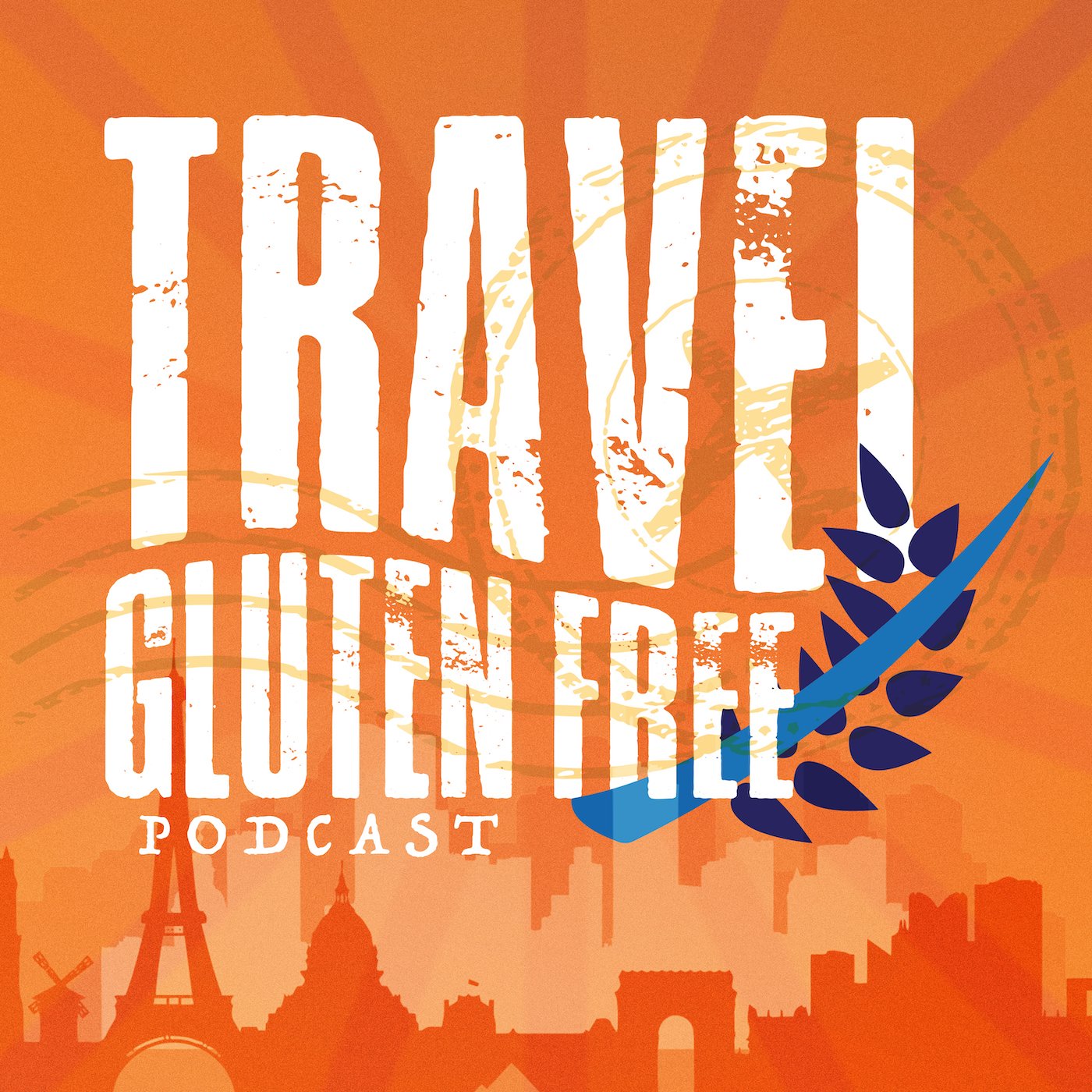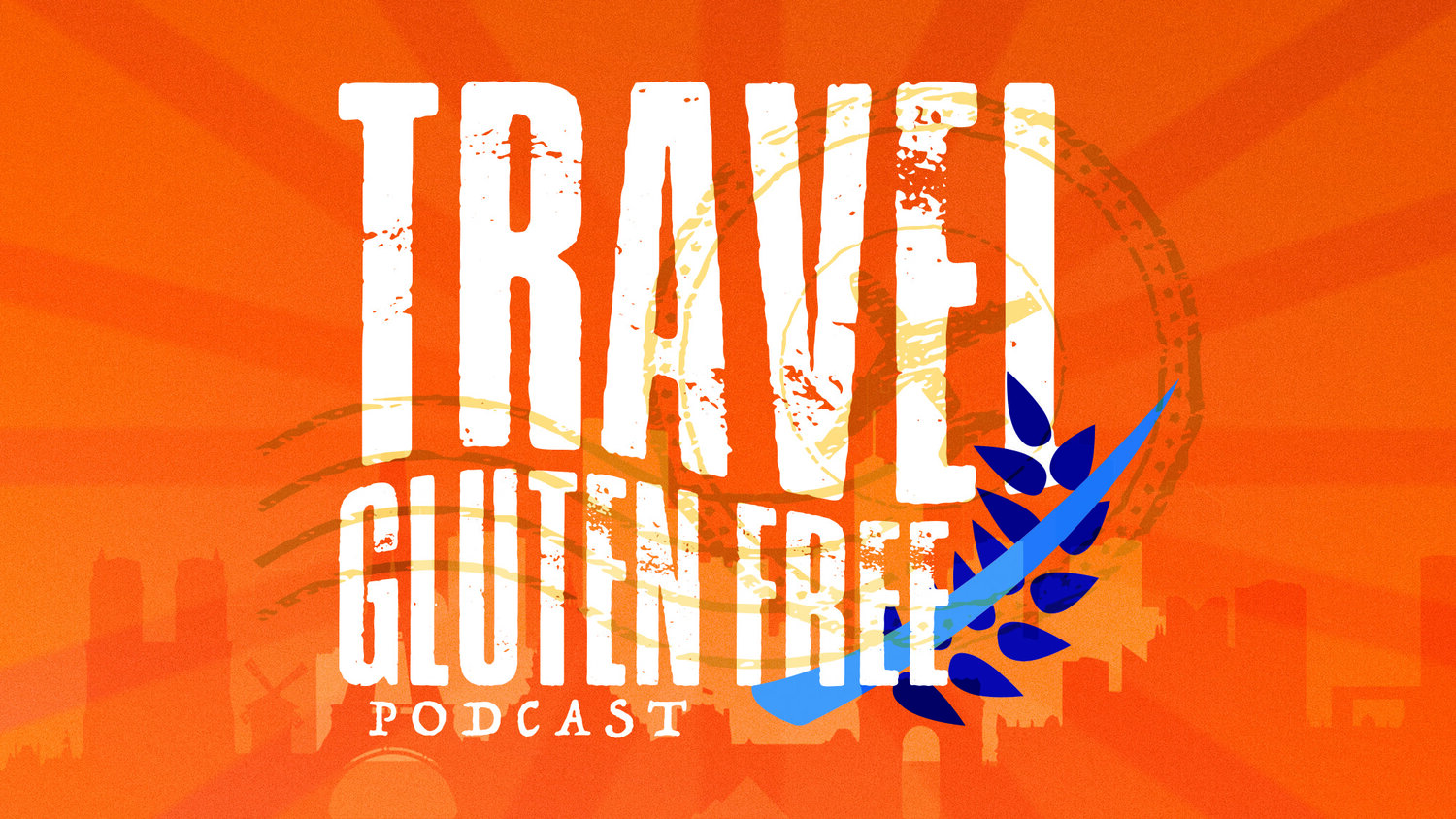What Does Gluten Free Mean?
OK, I understand that wheat crackers, pasta, and bread made with gluten-containing flour can't be eaten; but what's the deal with ice cream and buckwheat? Read on, my gluten-free friend, and get the food 411 on food safety for these foods.
It can be hard to figure out which foods have gluten and which don’t. Why on earth do some kinds of ice cream have gluten?
Buckwheat: The name itself sounds like an implication of glutenous guilt; however, contrary to its name, buckwheat is actually the ground seed of the rhubarb plant. It's not a grain; this is flour made from a seed; therefore, this delectable, able-to-be-eaten flour is not a grain. Buckwheat, amaranth, and quinoa are known as pseudo-grains, "pseudo," meaning fake or false.
Despite its terminology, buckwheat is gluten-free and safe for celiacs. This pseudo-grain is nutty, hearty, and makes insanely good pancakes. Taste aside, buckwheat is also packed with nutrition. Consider using buckwheat flour as a main the next time you make pancakes!
Hot dogs: Aren't they supposed to be just meat? Nope! Depending on the brand and quality, hot dogs can be as low as 30% meat. What about the rest? Yup, you guessed it: fillers and gluten love to accompany or be the product's star when fillers are present. So always read the hot dog ingredients to be sure they don't have gluten. Also, watch out for maltodextrin and MSG with prepared meats.
Ice cream, spumoni, gelato, and frozen yogurt: WTF? Why would anyone put gluten in ice cream and ruin one of the few desserts we can eat? The same reason manufacturers put gluten in gravies, dressings, and toothpaste - it makes a great thickener. So read your ice cream labels well. Reason number two: mix-ins. That Oreo cookie we loved as a kid killed the chances of you eating ice cream. Cookies, candies, and wafers mixed into your dessert can be the offender of your choice.
Going out for ice cream? If they don't have their frozen treat labeled and they don't have a list of ingredients, never assume the person behind the counter knows what's up. Most people usually believe that wheat isn't in ice cream and the like because it's ice cream. Soft serve is the biggest offender, so be careful!
Maltodextrin: What the heck is maltodextrin, and why is it in everything?
Maltodextrin is an inexpensive food additive that increases the shelf life of a product, adds volume to processed foods, and is a sugar substitute. In addition, this cheap food additive can add flavor to that packaged food you’re eating and can bind ingredients together.
What does this have to do with eating gluten-free? Maltodextrin's base is created from either wheat, corn, or potato. It's an artificial carbohydrate that is artificially produced and has no nutritional value.
What's a celiac to do? When your label says maltodextrin, don't eat it. If the ingredients list reads maltodextrin made from corn or potato, these forms of maltodextrin are safe to eat for gluten-free peeps!
Monosodium glutamate: As it sounds, this is a human-created food made from - you guessed it - gluten. The other names for monosodium glutamate are MSG, modified food protein glutamic acid, glutamate, monopotassium glutamate, calcium glutamate, and mono ammonium glutamate. If you are older than 25, you'll remember when MSG broke headlines in the mid-'90s. I felt like everyone's cousin, sibling, and grandparents became allergic to the additive found mainly in Asian food dishes. If you see the word glutamate, stay away from this food additive like it was an ex-boyfriend (or girlfriend) who went crazy and stalked you after breaking up!
Oats and oat cereal: Like ice cream, someone decided it was a good idea to add wheat to these because, well, why not?!? Oat cereals are found lining the supermarket aisles after everyone went crazy because of the cholesterol fad a few decades ago. "A study" has shown that eating fiber lowers your cholesterol. After that, every company, including the Quaker Oat dude, jumped on the bandwagon.
Although these cereals provide fiber, they may have added wheat, wheat fiber, or wheat bran. These cereals are on the fiber bandwagon, not the gluten-free bandwagon. So make sure you read the labels and hitch yourself to the correct cereals.
But what about Cheerios and other cereals that don't have wheat?
Unless the oat cereal is certified gluten-free or the cereal is from a plant or facility which does not manufacture gluten, there's no guarantee the oats in the cereal are safe to eat. Some less sensitive Celiacs feel safe eating these cereals, but be forewarned, even if you don't feel symptoms, it doesn't mean you're not damaging your digestive tract. To be safe, get certified gluten-free or oats made in a facility without gluten-containing grains.
Rice cereal: "It's just supposed to be F$%^&* rice!" approximates what I said while walking through the grocery store aisle when looking for rice cereal so my celiac daughter, Aliyah, could make her own rice cereal treats.
Many rice kinds of cereal are sweetened with malt or malt flavoring, made from barley, a high-gluten grain. Amazingly, I found one rice crispy type cereal that doesn't use malt: Malt O' Meal. The irony of eating gluten-free!
Soy, tamari, and teriyaki sauce, unless specifically labeled gluten-free: From what I hear, soy sauce in certain parts of Japan are not made from wheat. However, our food wouldn't be Americanized here in the US without adding wheat! Unless specifically labeled gluten-free, any of the above sauces are created with a wheat base.
Discover tips on how to safely travel gluten-free with my complimentary ebook, Ten Tips for Traveling Gluten Free! You can also find out more details about how to travel via cruise, road trip, or camping and learn the freedom you can have when you know how to travel with Celiac disease when you grab my Guide to Traveling Gluten Free.


